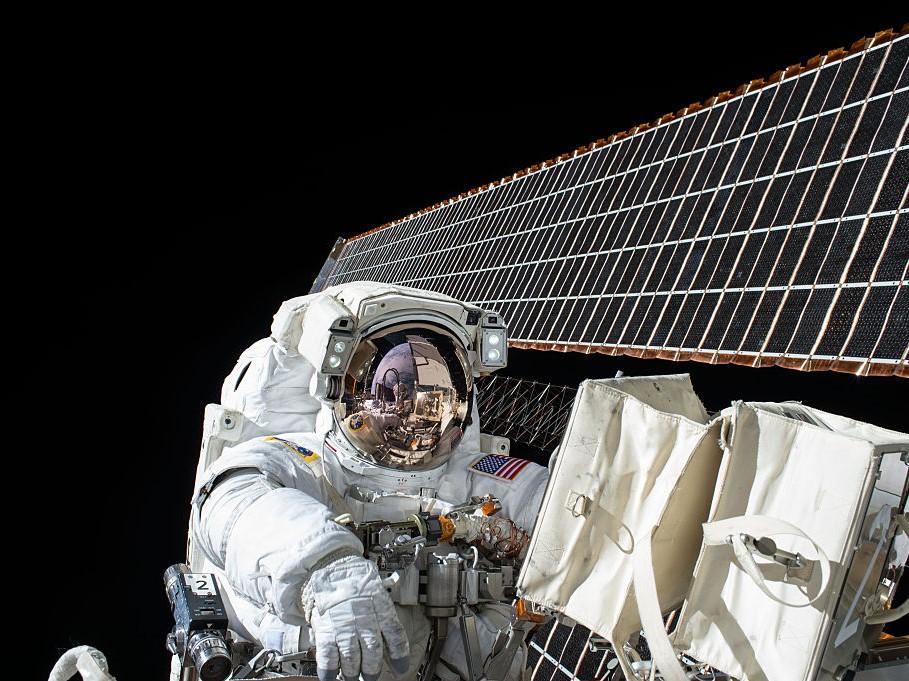Suncream made of skin pigment will help shield astronauts from lethal x-ray radiation, scientists suggest
The new compound, called selenomelanin, has never been found in nature

Astronauts should be protected from dangerous radiation in deep space by using a hybrid of metal and melanin – the skin pigment that colours human beings’ hair, eyes, and bodies.
Research published in the Journal of the American Chemical Society suggest a new material called selenomelanin, which has never been found to exist in nature, could block lethal x-rays from harming spacegoers.
“Given the increased interest in space travel, and the general need for lightweight, multifunctional and radioprotective biomaterials, we've become excited about the potential of melanin,” said Northwestern University’s Nathan Gianneschi in a statement.
“Melanin containing selenium would offer better protection than other forms of melanin [and] this as-yet undiscovered melanin may very well exist in nature … so we skipped the discovery part and decided to make it ourselves.”
Melanin, specifically a form of melanin called pheomelanin, was used to create this new material.
Pheomelanin compound contains sulphur, and gives human beings red and auburn hair, as well as red lips. It also absorbs x-rays particularly effectively.
Researchers used pheomelanin as a base, swapping out the element sulphur with the metal element selenium, which is very close to sulphur on the periodic table and is known for its role in preventing cancer in organisms.
By swapping these elements the researchers created selenomelanin. This new biomaterial then received a dose of radiation which would be lethal to humans.
The researchers also directed a dose into synthetic pheomelanin and eumelanin – the pigment in black and brown hair – as well as cells with no protective melanin.
The scientists found that only the cells with selenomelanin exhibited a normal cell cycle. Moreover, further testing using bacteria found that selenomelanin can be created organically, leading to the hypothesis that it may already exist through evolution but has yet to be discovered.
It is possible that such a material could be applied to an astronauts’ skin, in the same way we apply suncream on Earth, to protect against radiation, or could be used as a layer over other materials.
The harm that X-rays can cause in space cannot be underestimated. Nasa’s “Twin Study” - where astronaut Scott Kelley spent three years in space and had his DNA compared to his twin brother on Earth – showed damage to his genetic makeup from his time in orbit.
It is hypothesised that an astronaut on a Mars mission could receive 700 times more radiation than on Earth. It is expected that 110 people will need to be sent to Mars to start a colony, with scientists predicting that we will land on Mars within the next two decades.
Join our commenting forum
Join thought-provoking conversations, follow other Independent readers and see their replies
Comments